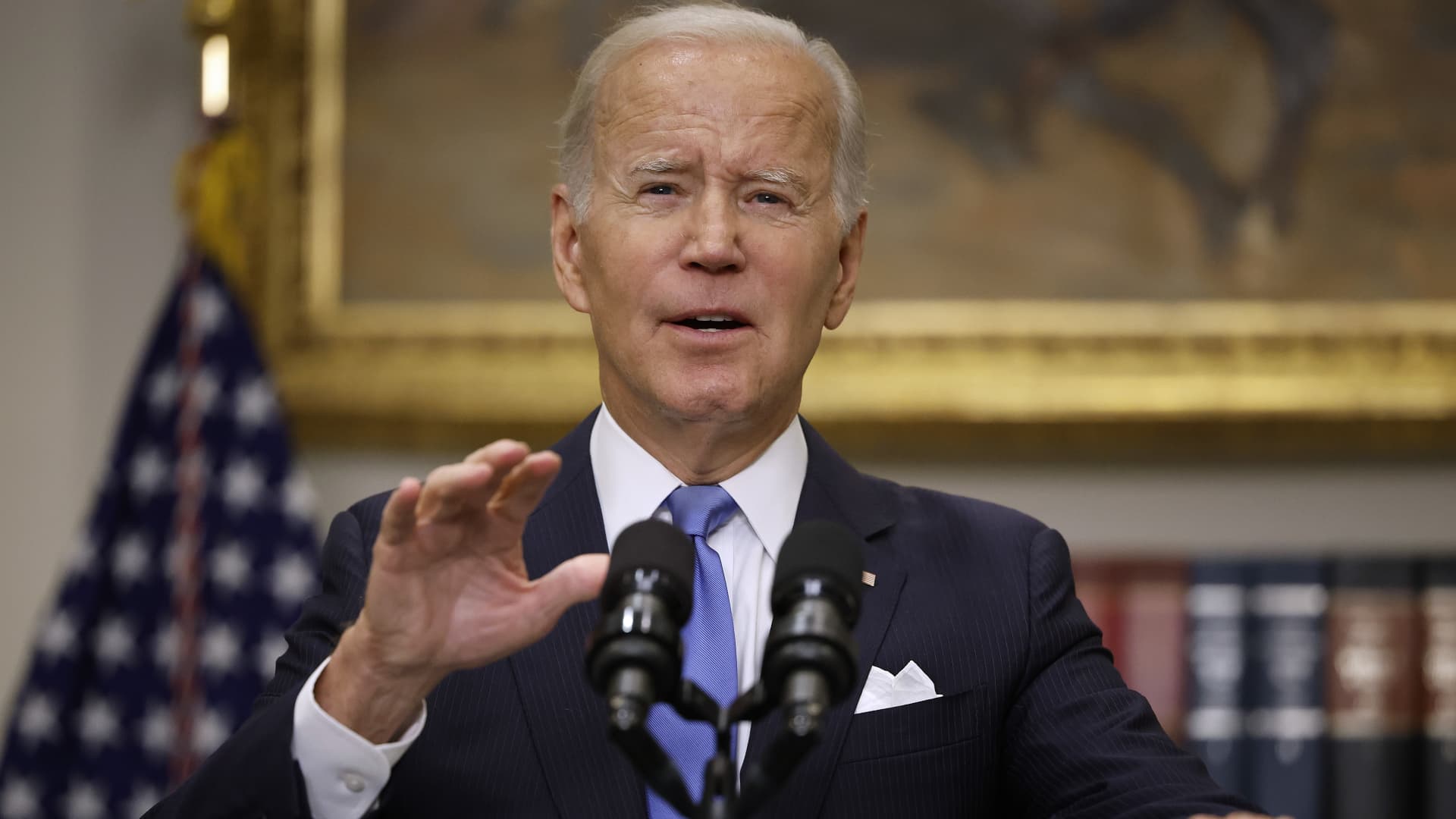Consumer watchdog signals ‘a closer look’ at record-high credit card rates as balances jump


Credit cards are one of the easiest and most common ways to borrow money — but also one of the most expensive.
Now the Consumer Financial Protection Bureau is looking into just how much banks charge in credit card interest.
With inflation surging, consumers have increasingly turned to credit cards to make ends meet, prompting the federal agency, created in the wake of the 2008 financial crisis, to investigate.
“Consumer reliance on credit cards as a source of borrowing justifies a closer look at what’s driving interest rates, as credit card market profitability increases,” Margaret Seikel, a financial analyst at the CFPB, wrote in a recent blog post.
More from Personal Finance:
Tips for paying down your credit card balance
Nearly half of all Americans are falling deeper in debt
20% of Americans fear checking their credit card statements
“In the coming months, even more people may turn to their credit cards, as increasing prices for necessities like groceries and gas upend their budgets,” the CFPB’s Seikel said.
“But this borrowing comes at a cost,” she added. At current interest rates, a person with a $5,000 credit card balance would pay $1,000 in interest on those purchases over a year.
Ted Rossman, a senior industry analyst at CreditCards.com, says this scenario is highly plausible if your annual percentage rate is more than 20% and you make the minimum payments each month.
Consumer reliance on credit cards as a source of borrowing justifies a closer look at what’s driving interest rates, as credit card market profitability increases.Margaret Seikelfinancial analyst at the Consumer Financial Protection Bureau
Card balances, APRs are on the rise
The number of people with credit cards and personal loans already hit fresh highs in the second quarter of 2022, according to TransUnion’s latest credit industry insights report released earlier this month.
Credit card balances also jumped 13% during the second quarter, the largest year-over-year increase in more than 20 years, according to a separate report from the Federal Reserve Bank of New York.
At the same time, APRs are just under 18%, on average — which is an all-time record, according to Rossman.
Since most credit cards have a variable APR, there’s a direct connection to the Federal Reserve‘s benchmark. As the federal funds rate rises, the prime rate does, as well, and credit card rates follow suit.
But even when the Fed cut its benchmark rate near zero at the start of the pandemic and the cost of borrowing for other products declined significantly, “credit card rates have remained relatively high,” Seikel said.
Now, the spread between the prime rate and the average APR on credit card loans is at record highs despite the fact that delinquencies are near record lows, the agency also noted.
“The apparent mismatch between credit card interest rates and the risk and cost of lending may explain part of the markets’ outsized profits,” Seikel said.
And credit card rates will only head higher from here: The Fed anticipates further interest rates hikes as it looks to tamp down inflation.
How the CFPB can push banks to curb credit card rates
“We take this threat seriously,” said Jaret Seiberg, a financial services analyst at Cowen Washington Research Group.
“I think this is going to be the big focus for the CFPB this fall,” he said. “Politically it works because nobody likes paying high credit card interest rates.”
Although the CFPB does not have the authority to cap interest rates, banks may find it better to cut rates than engage in a public fight with the agency, Seiberg said. CFPB director Rohit Chopra used a similar strategy to get financial institutions to cut late fees, overdraft fees and other excessive charges.
“He is a master at the bully pulpit,” Seiberg said.
If the CFPB does proceed with a rule making, the agency could try to limit the spreads between APRs and the prime rate.
But there may be unintended consequences to such a policy, Seiberg added. Putting a limit on bank revenue could force issuers to tighten their lending standards, causing some lower-income consumers to lose access to credit card accounts.
“Banks are for-profit companies, and they’re not going to offer products where they lose money,” he said.
How to pay down credit card debt as interest rates rise
“Rather than fighting the system, the better approach is to make the system work for you,” Rossman advised. “Pay in full,” he said, “rendering the interest rate a moot point.”
“If you have debt, get a zero-percent balance transfer card and avoid adding anything to the balance until you pay it off,” Rossman said. Cards offering 15, 18 and even 21 months with no interest are considered the best tool for paying down debt and saving hundreds or thousands of dollars in interest.
“Divide what you owe by the number of months and try to stick to it,” Rossman said.
This post has been syndicated from a third-party source. View the original article here.




